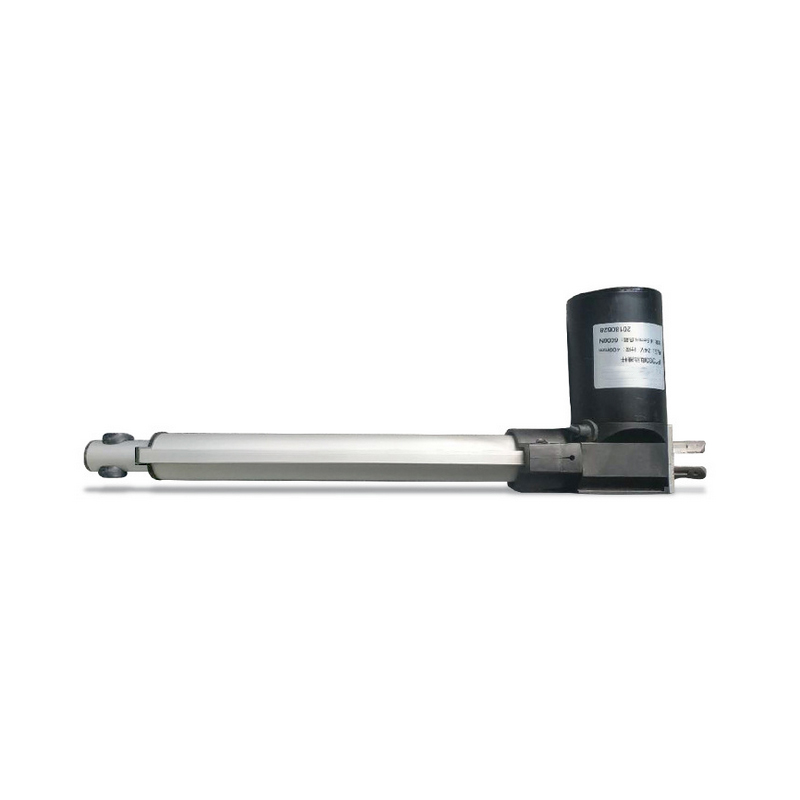The
electrical linear actuator is composed of driving motor, reducer gear, screw, nut, guide sleeve, linear actuator, slide seat, spring, housing, turbine, micro-control switch, etc.
Electrical linear actuator is a new type of electric actuator. The electrical linear actuator is mainly composed of motor, linear actuator and control device. It can realize long-distance control and centralized control.
Electrical linear actuator moves to and fro within a certain range of travel. Generally, the standard travel of electrical linear actuator is 100, 150, 200, 250, 300, 350, 400 mm. Special travel can also be customized according to different application conditions.
The electrical linear actuator can be designed with different thrust according to different application loads. Generally, its maximum thrust can reach 6000N, and its no-load running speed is 4mm~35mm/s. The electrical linear actuators are divided into
12V electrical linear actuator and
24V electrical linear actuator using 24V/12V DC permanent magnet motor as power source, which convert the rotational motion of the motor into linear reciprocating motion. Push a group of connecting rod mechanism to complete the switching work of air valve, valve, gate, baffle, etc.
Using electrical linear actuator as actuator can not only reduce the air source device and auxiliary equipment needed by using pneumatic actuator, but also reduce the weight of actuator. The pneumatic actuator needs a certain air pressure in the whole control operation process. Although the amplifier with small consumption can be used, the gas consumption is still huge over time. With electrical linear actuator, when the control opening is changed, the power supply is needed, and when the required opening is reached, the power supply is no longer needed. Therefore, from the point of view of energy saving, the electrical linear actuator has obvious advantages over the pneumatic actuator in energy saving. It is suitable for long-distance operation and widely used in the opening and closing, material handling and flow control of air valves, valves and gates in electric power, chemical industry, metallurgy, mining, light industry, transportation, ships and other departments. Now it has been used by more and more departments to replace the automatic devices of mechanism hand, hydraulic valve and deceleration transmission mechanism.



